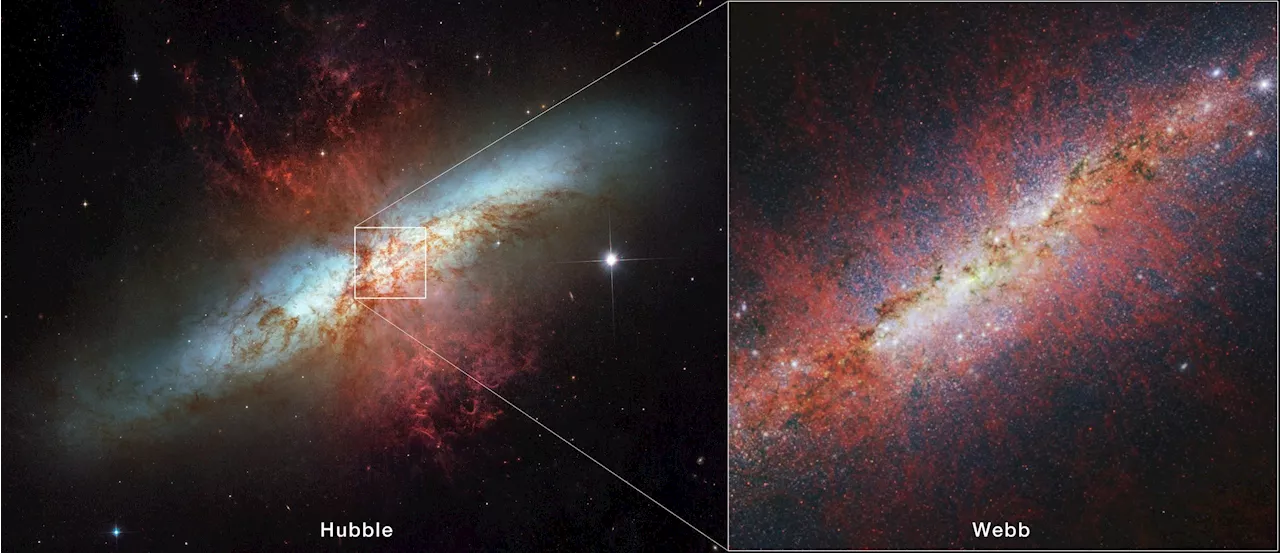Science, Space and Technology News 2024
Starburst galaxy M82 was observed by the Hubble Space Telescope in 2006, which showed the galaxy’s edge-on spiral disk, shredded clouds, and hot hydrogen gas. The James Webb Space Telescope has observed M82’s core, capturing in unprecedented detail the structure of the galactic wind and characterizing individual stars and star clusters.
This image from Webb’s NIRCam instrument shows M82’s galactic wind via emission from sooty chemical molecules known as polycyclic aromatic hydrocarbons . PAHs are very small dust grains that survive in cooler temperatures but are destroyed in hot conditions. The structure of the emission resembles that of hot, ionized gas, suggesting PAHs may be replenished by continued ionization of molecular gas.
“This image shows the power of Webb,” said Rebecca Levy, second author of the study at the University of Arizona in Tucson. “Every single white dot in this image is either a star or a. We can start to distinguish all of these tiny point sources, which enables us to acquire an accurate count of all the star clusters in this galaxy.”
In this image, light at 2.12 microns is colored red, 1.64 microns is green, and 1.40 microns is blue .Looking at M82 in slightly longer infrared wavelengths, clumpy tendrils represented in red can be seen extending above and below the galaxy’s plane. These gaseous streamers are a galactic wind rushing out from the core of the starburst.
Much to the team’s surprise, Webb’s view of the PAH emission highlights the galactic wind’s fine structure – an aspect previously unknown. Depicted as red filaments, the emission extends away from the central region where the heart of star formation is located. Another unanticipated find was the similar structure between the PAH emission and that of hot, ionized gas.
United States Latest News, United States Headlines
Similar News:You can also read news stories similar to this one that we have collected from other news sources.
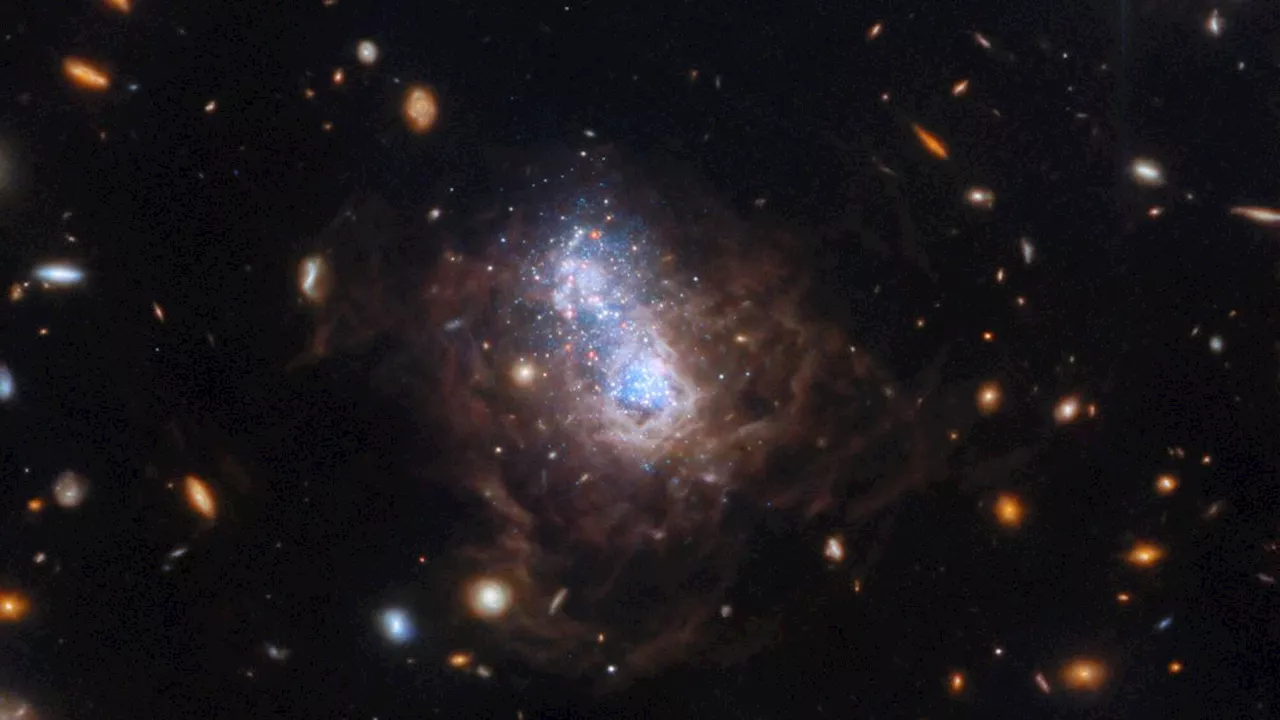 Space photo of the week: James Webb telescope reveals surprising starburst in ancient galaxyJamie Carter is a freelance journalist and regular Live Science contributor based in Cardiff, U.K. He is the author of A Stargazing Program For Beginners and lectures on astronomy and the natural world. Jamie regularly writes for Space.com, TechRadar.com, Forbes Science, BBC Wildlife magazine and Scientific American, and many others.
Space photo of the week: James Webb telescope reveals surprising starburst in ancient galaxyJamie Carter is a freelance journalist and regular Live Science contributor based in Cardiff, U.K. He is the author of A Stargazing Program For Beginners and lectures on astronomy and the natural world. Jamie regularly writes for Space.com, TechRadar.com, Forbes Science, BBC Wildlife magazine and Scientific American, and many others.
Read more »
UTSA researchers develop way to enhance Webb Space Telescope imagesUniversity of Texas at San Antonio researchers developed a way to enhance images from the James Webb Space Telescope.
Read more »
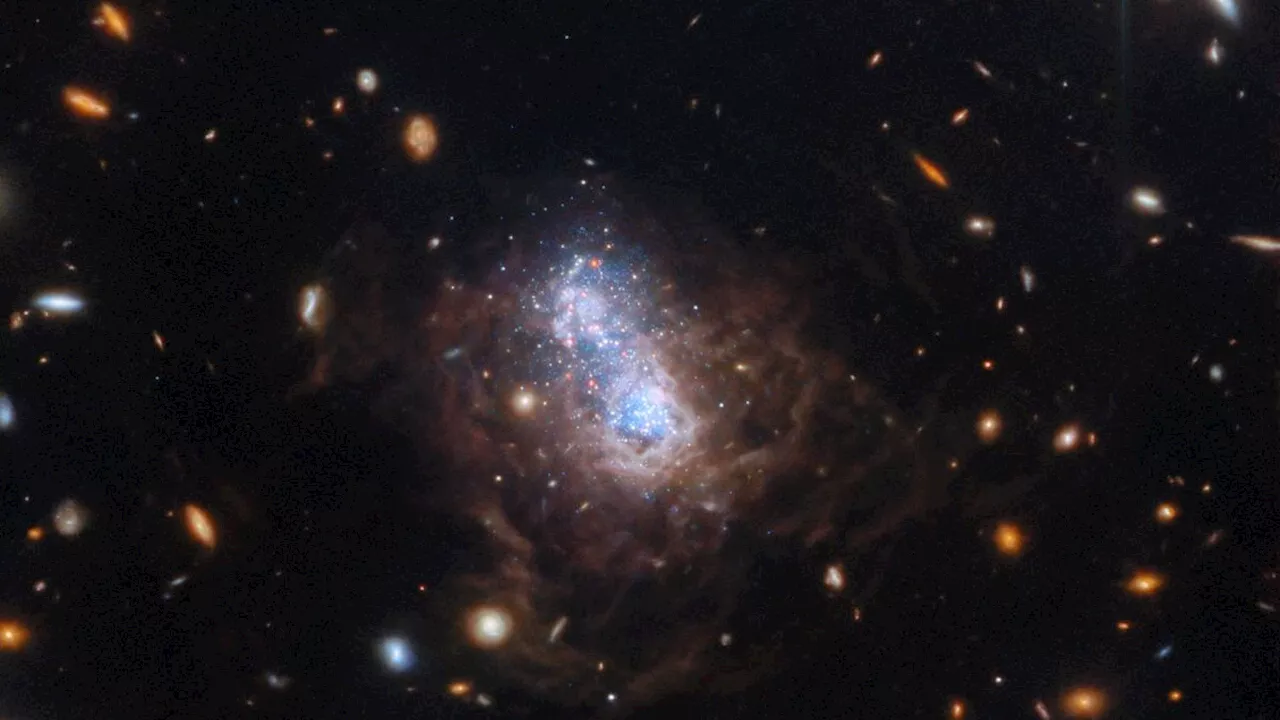 Gorgeous James Webb Space Telescope image captures sparkling stars, old and newSamantha Mathewson joined Space.com as an intern in the summer of 2016. She received a B.A. in Journalism and Environmental Science at the University of New Haven, in Connecticut. Previously, her work has been published in Nature World News.
Gorgeous James Webb Space Telescope image captures sparkling stars, old and newSamantha Mathewson joined Space.com as an intern in the summer of 2016. She received a B.A. in Journalism and Environmental Science at the University of New Haven, in Connecticut. Previously, her work has been published in Nature World News.
Read more »
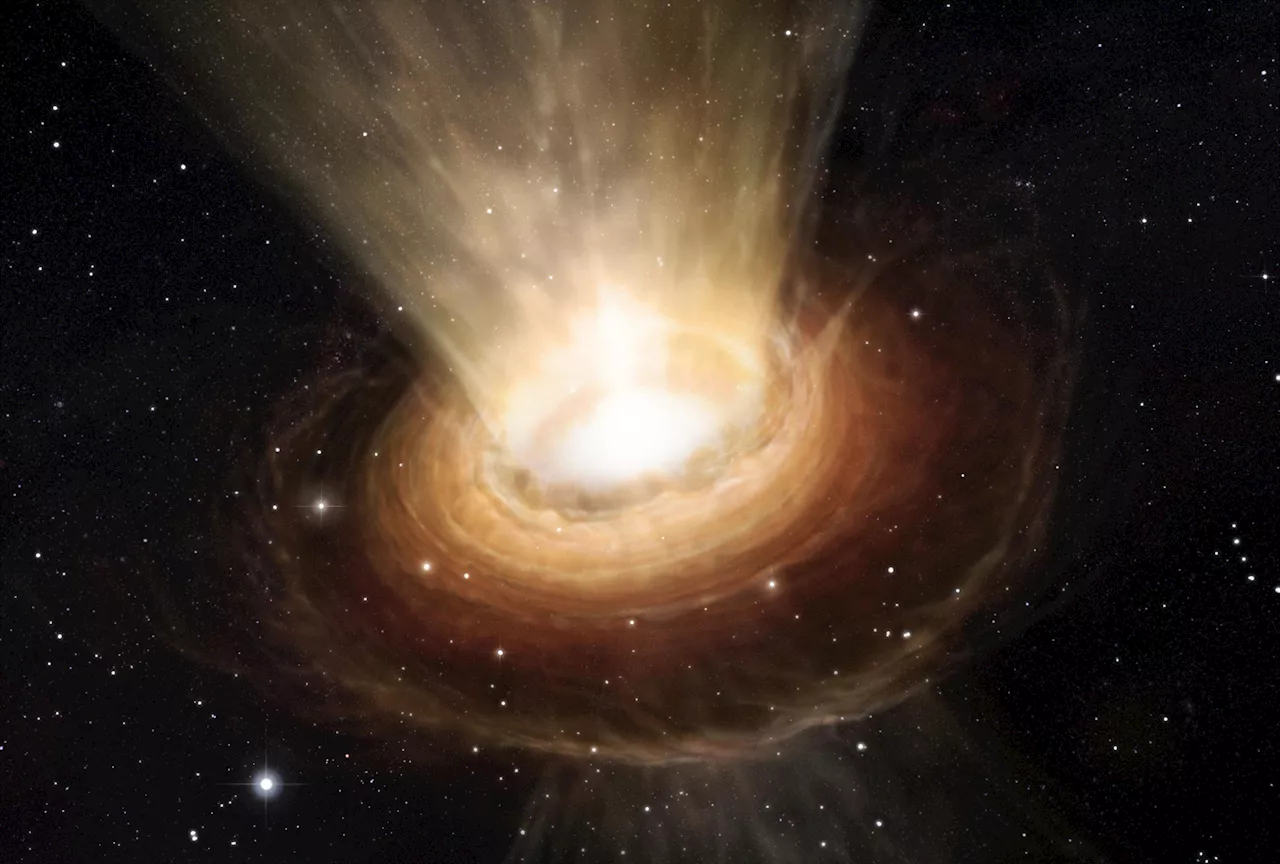 James Webb Space Telescope Captures the Final Stages of Planet FormationScience, Space and Technology News 2024
James Webb Space Telescope Captures the Final Stages of Planet FormationScience, Space and Technology News 2024
Read more »
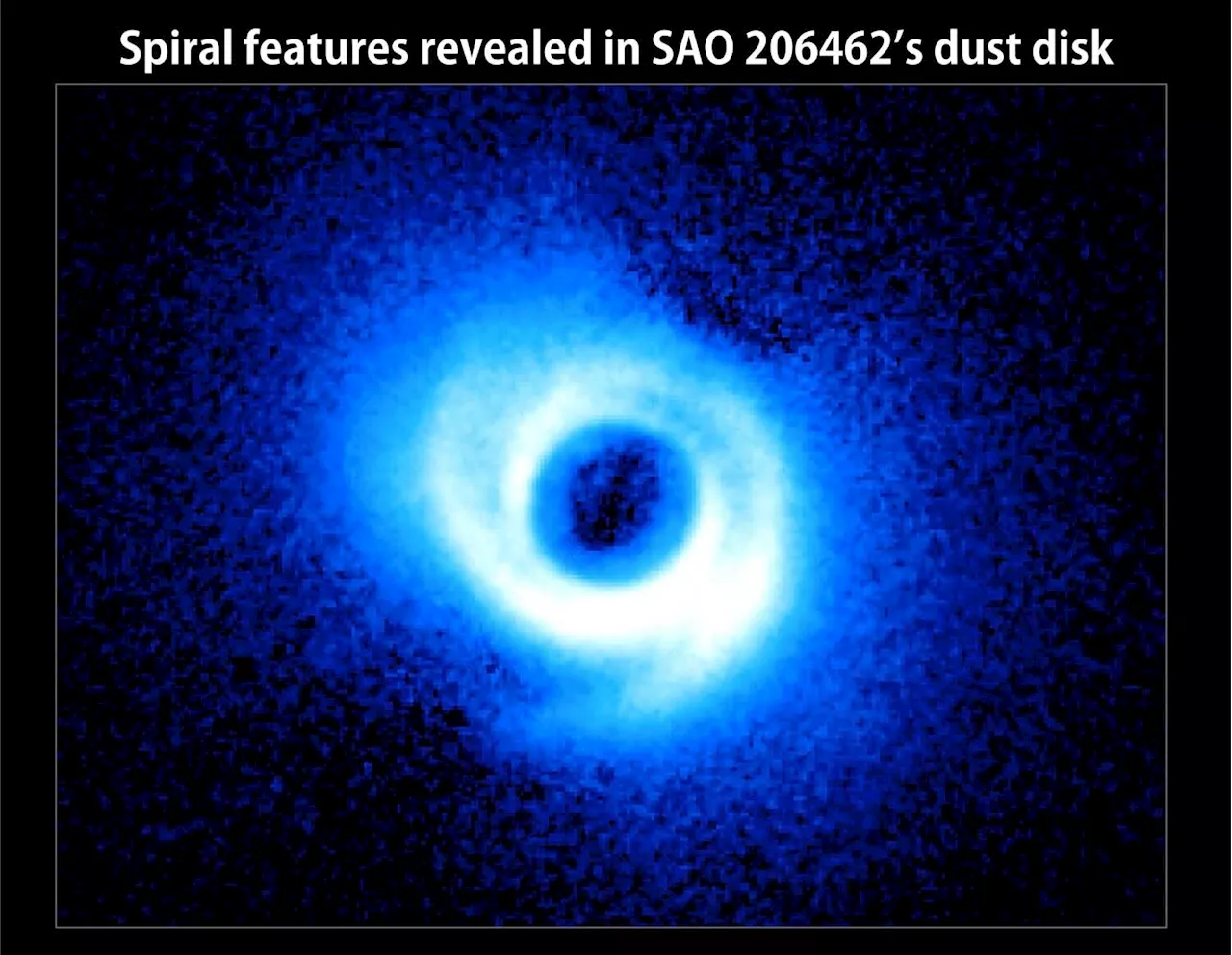 Astronomers conduct first search for forming planets with James Webb Space TelescopePlanets form in disks of dust and gas called protoplanetary disks that whirl around a central protostar during its final assembly. Although several dozens of such disks have been imaged, just two planets have been caught in the act of forming so far.
Astronomers conduct first search for forming planets with James Webb Space TelescopePlanets form in disks of dust and gas called protoplanetary disks that whirl around a central protostar during its final assembly. Although several dozens of such disks have been imaged, just two planets have been caught in the act of forming so far.
Read more »
 James Webb Space Telescope joins the hunt for newborn exoplanetsRobert Lea is a science journalist in the U.K. whose articles have been published in Physics World, New Scientist, Astronomy Magazine, All About Space, Newsweek and ZME Science. He also writes about science communication for Elsevier and the European Journal of Physics. Rob holds a bachelor of science degree in physics and astronomy from the U.K.
James Webb Space Telescope joins the hunt for newborn exoplanetsRobert Lea is a science journalist in the U.K. whose articles have been published in Physics World, New Scientist, Astronomy Magazine, All About Space, Newsweek and ZME Science. He also writes about science communication for Elsevier and the European Journal of Physics. Rob holds a bachelor of science degree in physics and astronomy from the U.K.
Read more »
